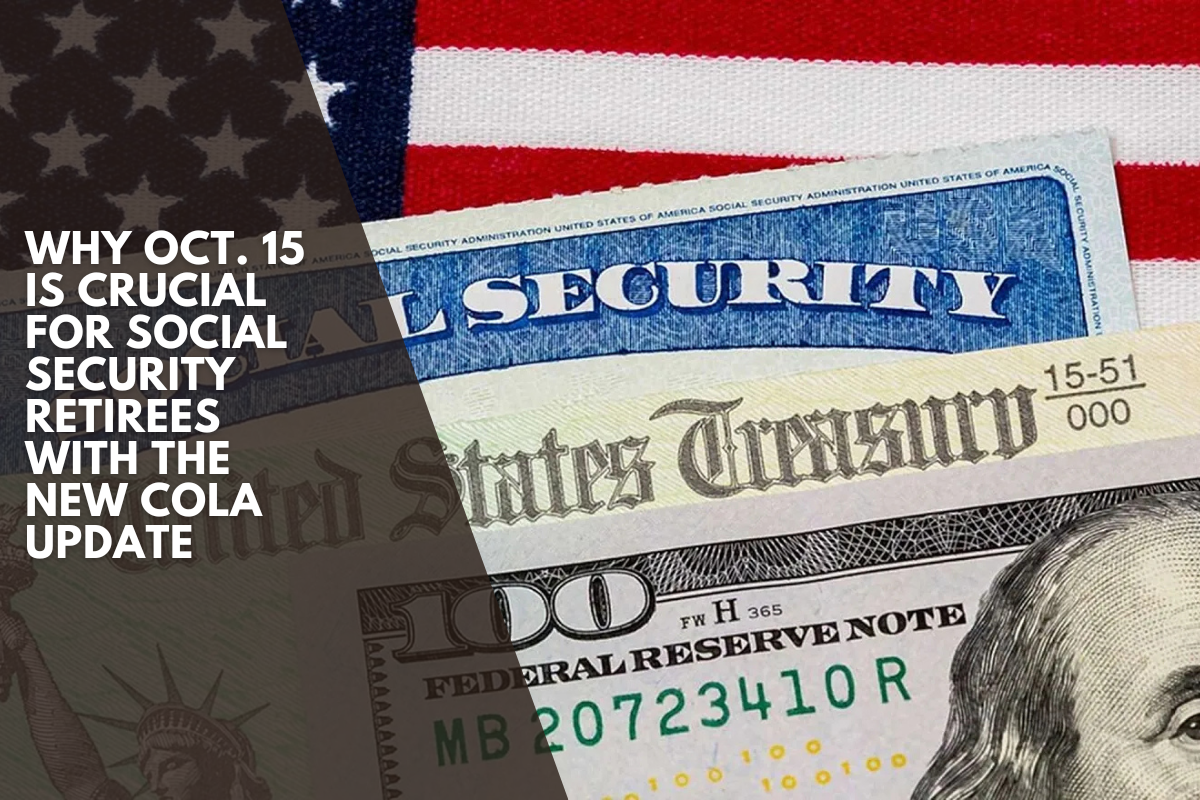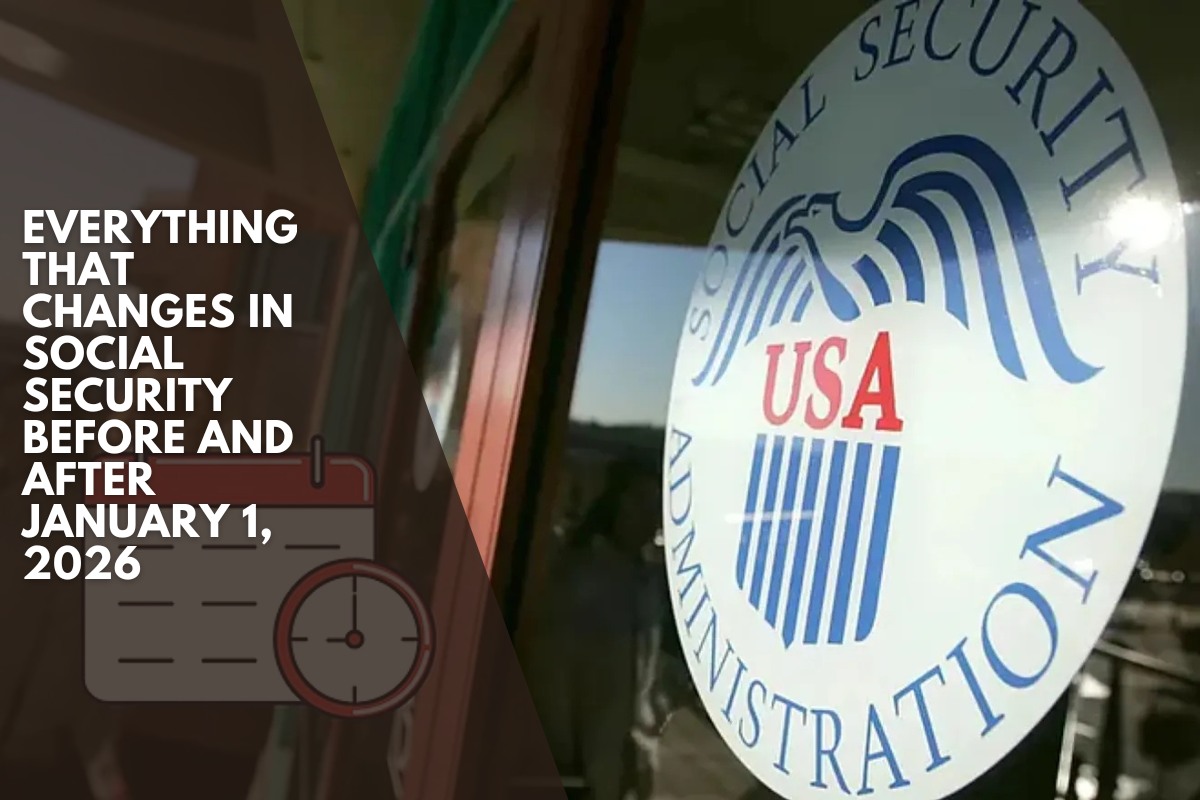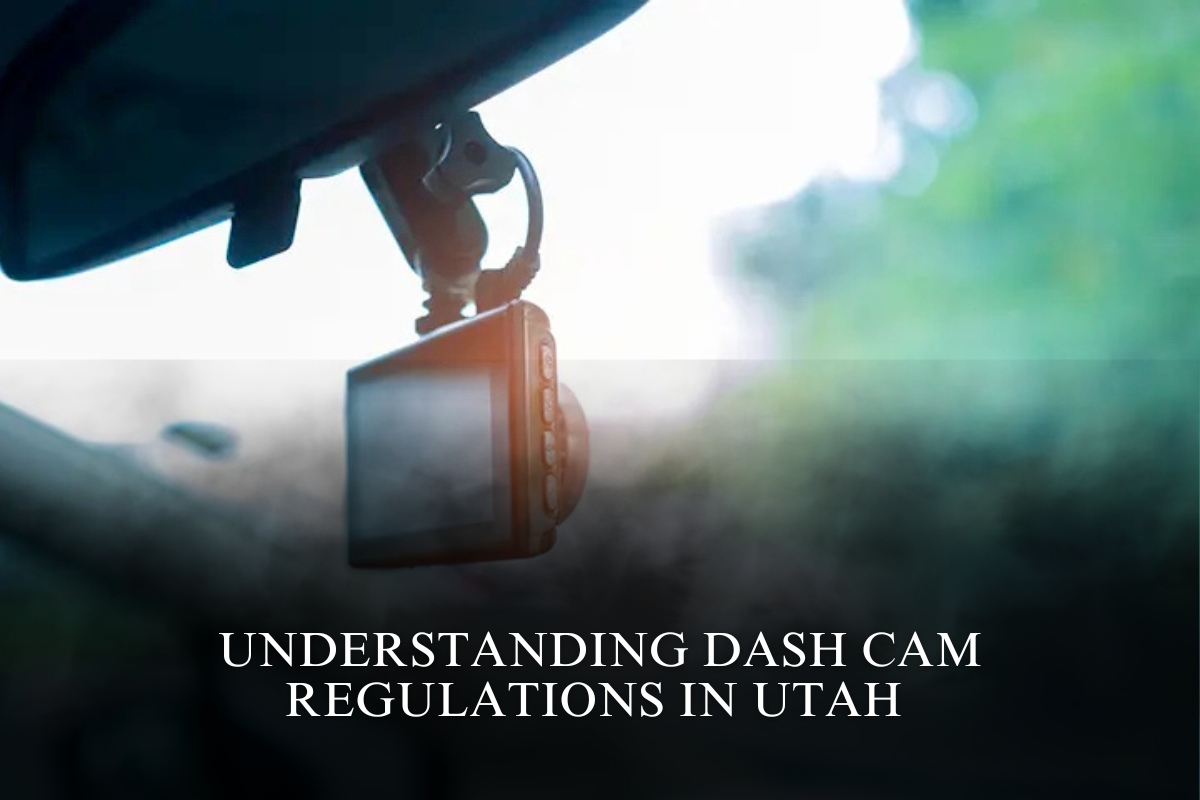In the United States, the federal minimum wage has been $7.25 per hour since 2009. However, many states have taken the initiative to establish their own minimum rates, which are tailored to local living costs and social demands.
In 2025, several states and local jurisdictions stand out for paying significantly more than the federal minimum wage, demonstrating a patchwork of labor policies across the country.
Minimum wage leaders
What drives these differences?
State and local minimum wages vary due to a variety of factors, including cost of living, union pressure, state legislation, and political will. While some states have implemented automatic inflation-linked increases, others require legislative approval for any changes.
In addition, certain jurisdictions use different structures depending on the region. For example, Oregon has different rates for urban, suburban, and rural areas. This flexibility allows wage policies to be tailored to local economic conditions.
What about the states with the lowest wages?
At the opposite end of the spectrum, Georgia and Wyoming have state minimum wages of only $5.15 per hour. However, because this figure is lower than the federal minimum, the majority of workers in these states earn at least the $7.25 national minimum.
Other states, including Iowa, Kansas, Kentucky, and Utah, have aligned with the federal minimum wage without implementing additional increases.
Trends for 2025
This year, several states have adjusted their minimum wages. For example:
Oregon: maintains a tiered system, with rates ranging from $13.70 to $15.95, depending on the region.
Alaska: raised its rate to $11.91.
Arizona: increased to $14.70.
These updates reflect a national trend of improving working conditions, though the rate and magnitude of increases vary greatly.
The minimum wage landscape in the United States is diverse and constantly changing. While some states lead with progressive policies aimed at ensuring a living wage, others fall behind, sparking debates about economic equity and fairness.
Understanding these differences is critical for workers, employers, and policymakers as they navigate the complex US labor market.












